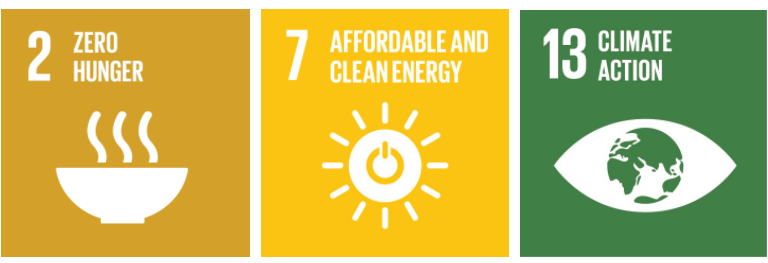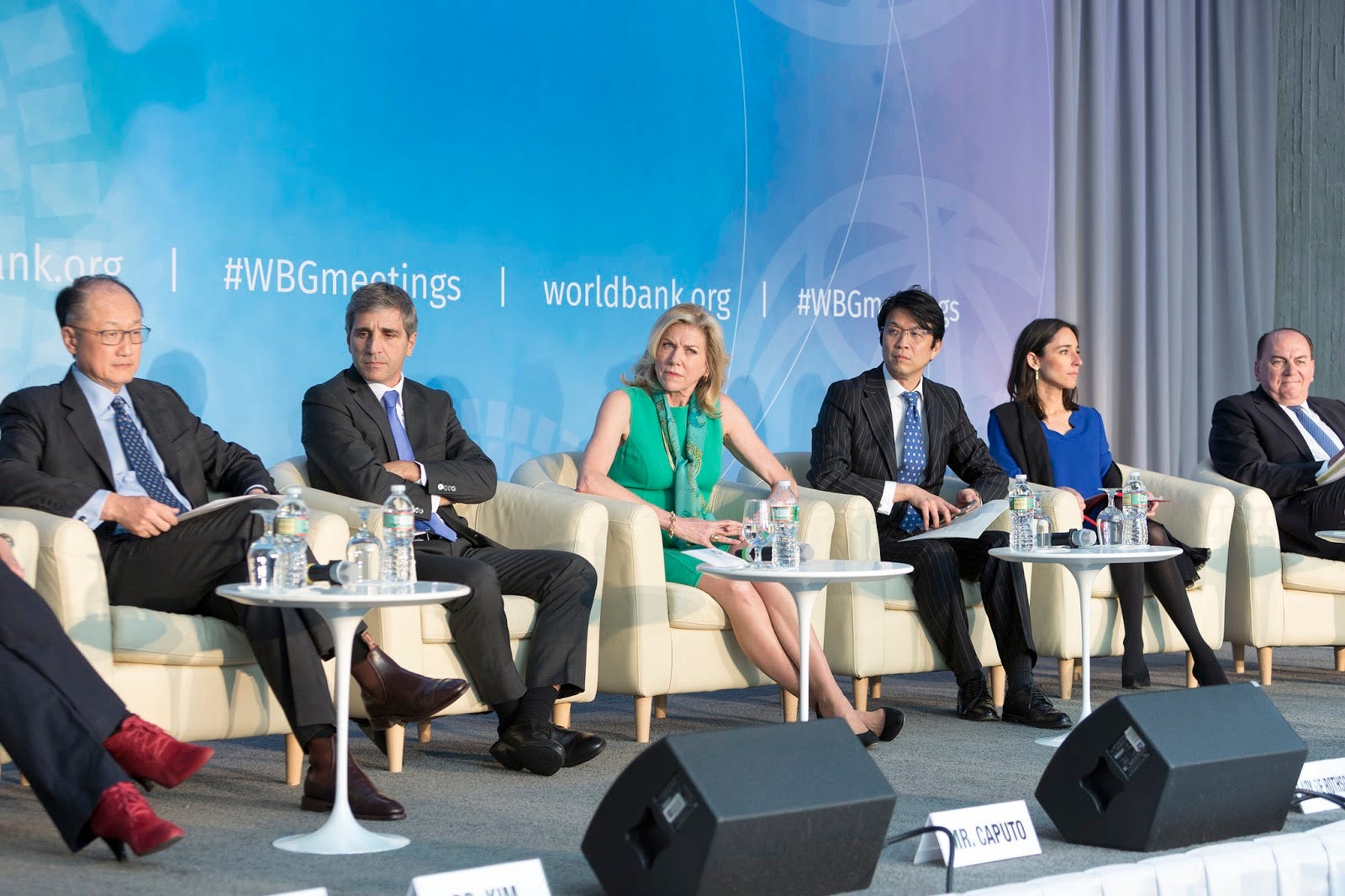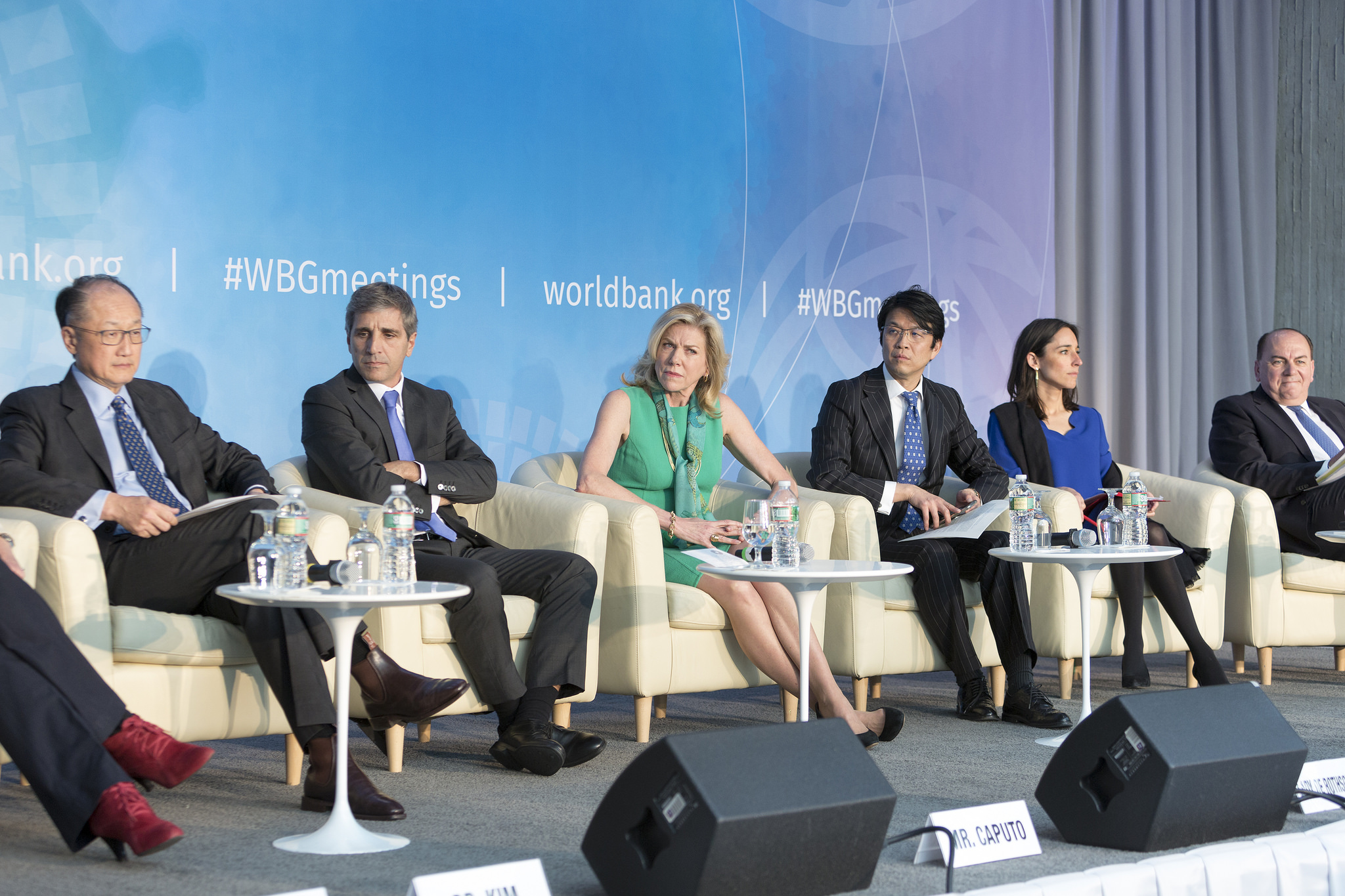Written by Maxine Chikumbo, a SustainUS World Bank delegate and a former Clean Energy Leadership Fellow.

Development is a complex thing, and defining goals associated with development thus also can be a difficult thing to do. The UN has developed 17 Sustainable Development Goals (“SDGs”). This blog will first define a few of these goals and then outline ways in which they can be incorporated to a multi-sectoral approach to finding solutions.
What does food and nutrition security encompass?
Addressing world hunger is of the utmost importance to development, as some of the most vulnerable populations are future generations who are tomorrow’s problem solvers. If children are hungry, malnourished, or stunted, attending school and engaging with their studies is all the more difficult — if not impossible. Humans need nutritious food to survive, and communities perish without secure food sources. Our food and nutrition security are under threat from climate change,which has resulted in a variety of possible solutions, such as smart agriculture and focusing on drought resistant crops.
What about energy access?
One of the primary priorities for both the Big Shift coalition and the SustainUS delegation is energy access. Multilateral development banks like the World Bank have a major role to play when it comes to scaling up access for the 1.2 billion people who still lack clean, sustainable electricity; which needs to occur in tandem with the other development mandates they have.
Energy is a key driver of development, and a lack of reliable power hinders progress on nearly all the SDGs.
What does climate action mean?
Climate action is paramount in tackling the very serious threat to this planet that is climate change. This is the primary reason SustainUS believed a delegation to the World Bank Spring Meetings was key — we articulate the importance of sustainable development on behalf of the youth. Climate action includes both mitigation and adaptation strategies — mitigating greenhouse gas (GHG) emissions, and adapting to the already changing climate to be better prepared for the impacts of climate change, such as making a coastal city more resilient to superstorms.
“We are going to get to 2 degrees before we know it, we have to move quickly or we are going to pay for it and our children are going to pay it” — Jim Yong Kim, Market Forces at Work: Institutional Investors and a Sustainable World , Spring World Bank/IMF Meetings

What’s the connection?
On Wednesday, April 18, 2018, Save the Children facilitated a panel on food and nutrition security entitled ‘Sustainable Financing for Nutrition: Perspectives from High Burden Countries’. They underscored the fact that nutrition underpins future generations, but that malnutrition and stunting was a huge development challenge that requires approximately 7 billion to tackle — or more likely up to 3 times higher. However, the benefits reaped are great, and for every $1 invested $16 is saved.
Later that afternoon, a panel entitled ‘Can the Bank Improve Energy Access for the Poor? The Importance of Transparency and Action in Meeting the SDG 7’ was held by the Swedish Society for Nature Conservation & Tearfund with Oxfam, Sierra Club, BIC Europe, Cafod, ACCESS coalition; and SustainUS strategic partners Oil Change International, Christian Aid, Big Shift Global. This session spoke directly to our goals and priorities to push the World Bank on increasing energy access investments to at least 50% in their portfolio. The multifaceted nature of energy access was noted, including the consequences of failing to provide it to all by 2030 — such as the impacts on poverty and hunger. The key roles of decentralized renewable energy and microgrids were repeatedly highlighted. These two systems would scale up access to electricity, especially for those who cannot easily be connected via grid extension. That this utilizes alternative energy (rather than fossil fuels) is another advantage of the system.
These issues are exceptionally interconnected — if one fails the other one becomes harder to solve. Realizing this is key to addressing the goals adequately. Investing in and providing clean energy access as a climate action can help curb emissions; in that it relies on alternative sources as opposed to fossil fuels which have contributed to and continue to exacerbate climate change .This can directly impact food and nutrition security, in that it causes inclement weather and natural disasters which can damage infrastructure and agriculture that whole communities rely on.
Conclusion
The interconnected nature of these development challenges should be a motivating factor for SustainUS and other youth advocate groups to befriend and form a strategic partnerships with groups advocating for policies and programs working to address one of the SDGs. Many of the challenges we face now and in the future that will require more than one approach. Achieving the SDGs worldwide comes with an estimated price tag of about 4 trillion dollars. Now, more than ever, we need to band together to bring our diverse skills to achieve these 17 goals.


